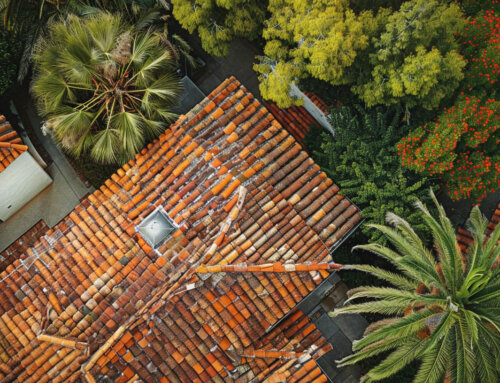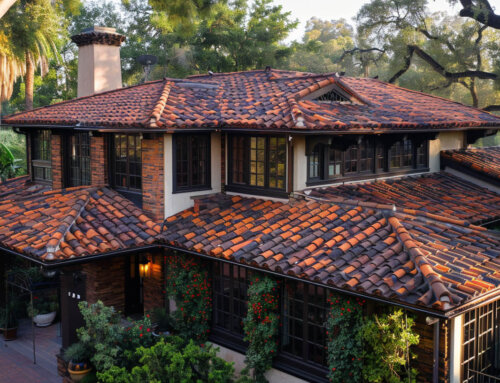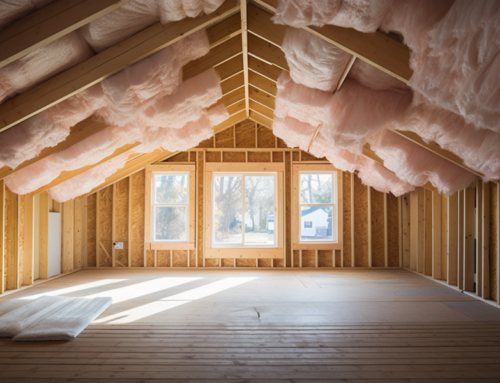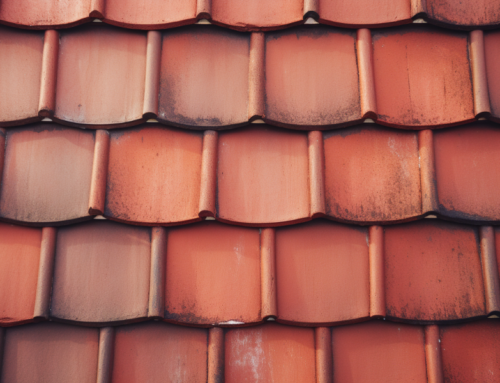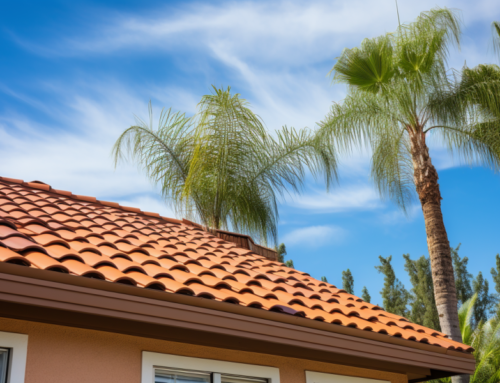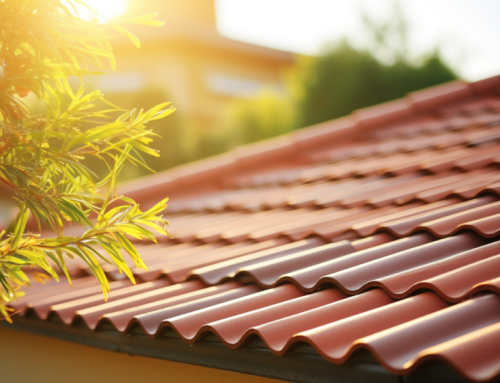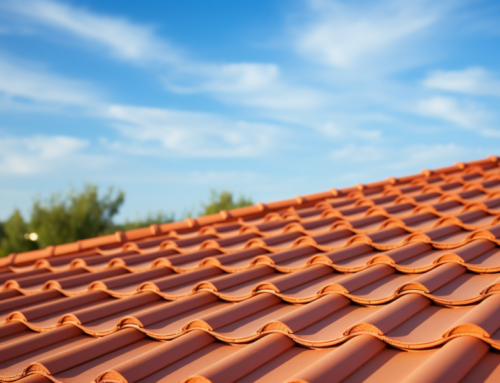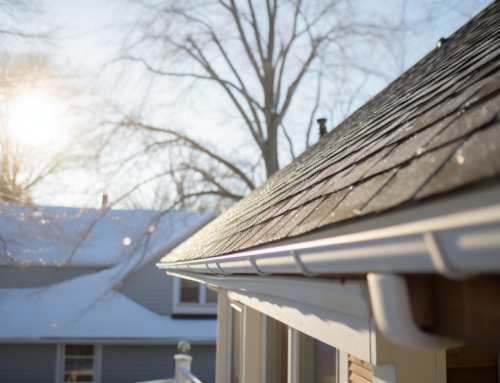Metal roofing has become a popular choice for homeowners and businesses alike, offering numerous benefits over traditional asphalt shingles. In areas like San Diego, where the sun’s UV rays can be particularly harsh, metal roofs prove to be a resilient and energy-efficient option. If you’re considering making the switch, here’s what you need to know about installing a metal roof over shingles.
Advantages of Metal Roofing
Metal roofs are not only durable but also offer excellent protection against various elements. They are resistant to rot, mildew, and pests, and can even safeguard your home from spreading fires. While the initial investment might be higher than asphalt shingles, metal roofs have a longer lifespan, reducing long-term repair and replacement costs.
The Installation Process
1. Initial Roof Inspection
Before diving into the installation, it’s essential to have a professional inspect your current roof. This step ensures there aren’t multiple layers of shingles already present or any signs of damage. San Diego County Roofing & Solar recommends hiring a professional to assess the state of your current roof and provide guidance on the best approach.
2. Addressing Leaks and Damages
If your roof has minor damages, it might not require a complete teardown. Instead, you can repair existing leaks and replace any missing shingles. However, if there’s significant buckling or structural issues, it’s best to address these problems before adding a metal roof.
3. Managing Condensation
Condensation can be a concern with metal roofs, especially with fluctuating temperatures. Proper insulation and ventilation can mitigate this issue, preventing potential corrosion and damage to the underlying wood. San Diego County Roofing & Solar has expertise in implementing measures to combat condensation effectively.
4. Choosing Between Underlayment and Purlins
When installing a metal roof over shingles, it’s crucial not to place the metal panels directly onto the shingles. You can either use an underlayment or purlins:
- Underlayment: This provides a barrier between the old roof and the new metal panels, preventing scratches and offering moisture protection.
- Purlins: These create a space between the old and new roofing, providing ventilation and a flat surface for panel installation.
Each method has its advantages, and the choice often depends on the specific requirements of the roof.
5. Measuring and Ordering Materials
Accurate measurements are essential to ensure you order the right amount of roofing material. For sloped roofs, the calculation might be slightly more complex, but it’s crucial to get it right to avoid wastage.
6. Installation of Edging, Panels, and Flashing
The actual installation process involves setting up edging around the roof, followed by the metal panels. It’s vital to follow manufacturer guidelines to ensure the panels are correctly spaced, cut, and fastened. Additionally, flashing and ventilation installations are crucial to protect the roof from potential water damage.
Why Choose San Diego County Roofing & Solar?
With over 20 years of experience in the industry, San Diego County Roofing & Solar has established itself as one of the leading roofing contractors in San Diego. Our team of experts is trained to handle both metal and shingle style roofs, ensuring top-notch installation and service. Whether you’re looking for roof replacement, repair, or installation, we’re here to assist you every step of the way.



